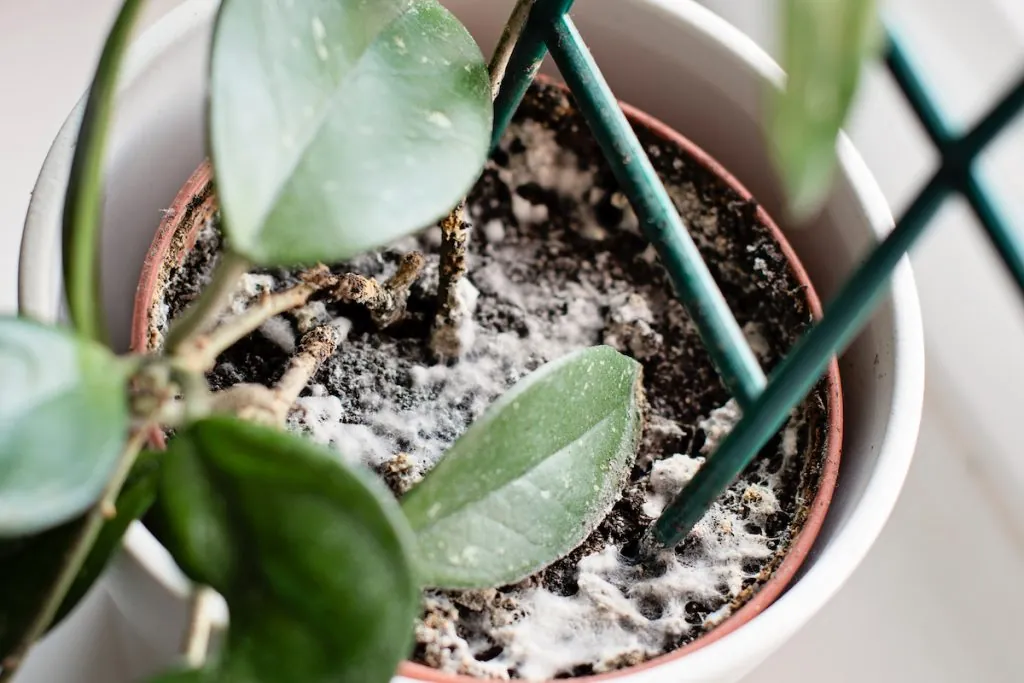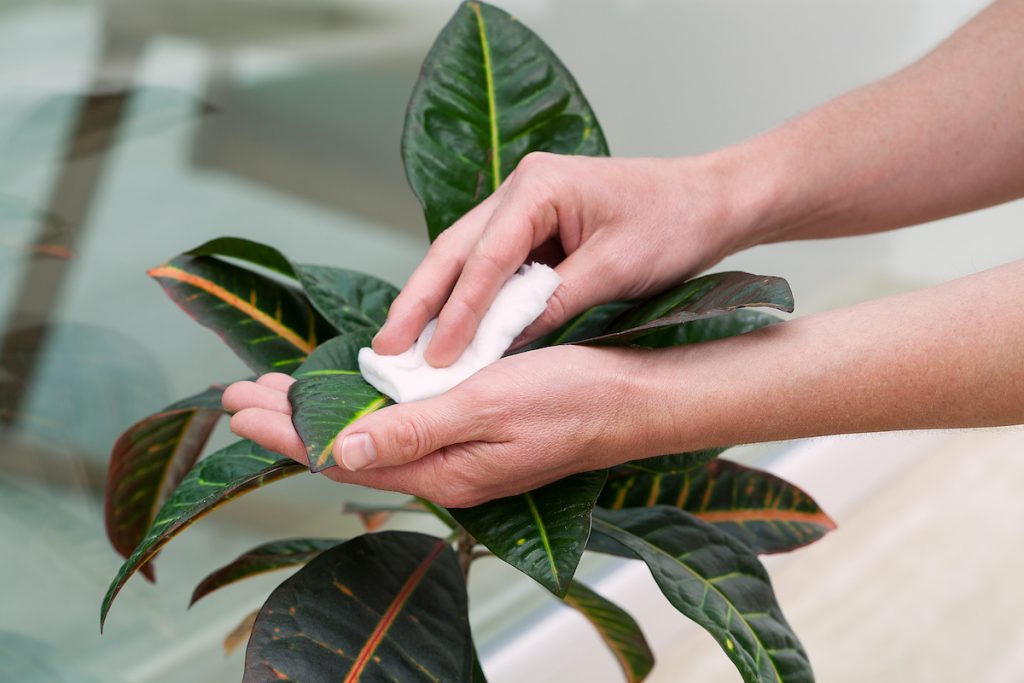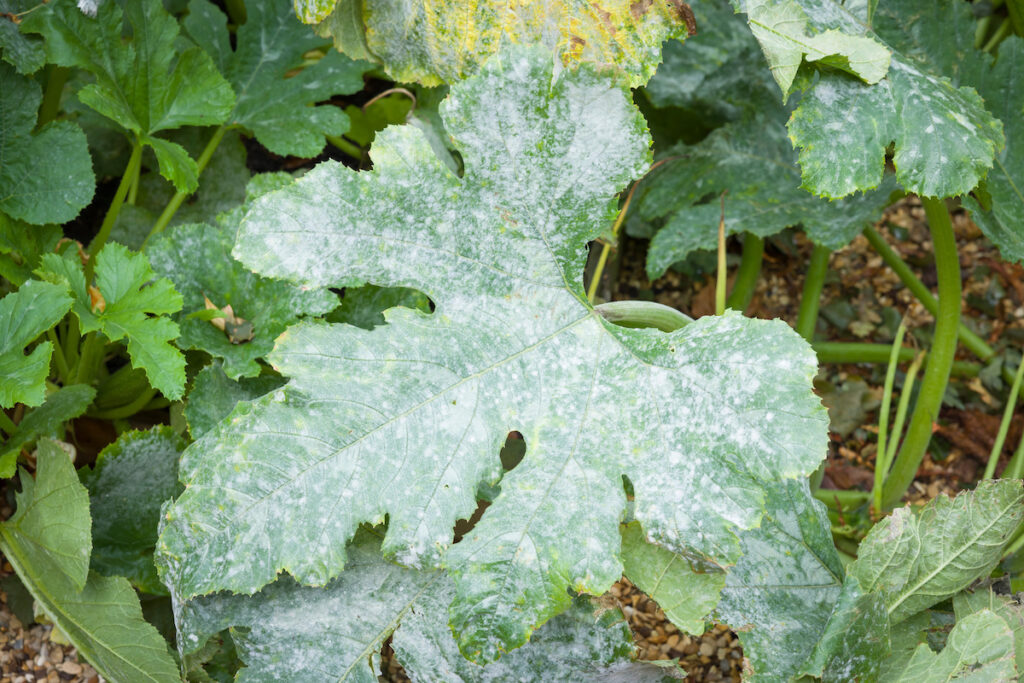Mold can be a nuisance to property owners. Its presence can lead to structural damage and pose a severe health hazard to humans and animals. Several factors cause mold growth, typically involving an abundance of moisture, such as a flood or leak.
One unsuspecting place where mold growth can appear is in household plants. When we think of mold spores, we don’t often think of our indoor plants and vines as vulnerable to such an unpleasant issue. Nevertheless, mold on plant soil can be problematic for our plants. This blog will address how mold grows, different types of plant mold, as well as tips on ways to remove it.
How Does Mold Grow?
Mold is a type of fungus that thrives in moist environments. Mold spores are found in the air and can settle on surfaces where they grow and spread. They are everywhere and can be transported by wind, animals, and people.
The ideal conditions for mold growth are:
- Warmth
- Organic matter (such as leaves or dirt)
- Humidity
- A food source (mold feeds on organic matter)
- Darkness
Mold spores are present in the air and can settle on plant leaves, flowers, or soil. Once the spores land on a suitable surface, they begin to grow. While mold can grow on any plant, it is more likely to succeed on houseplants since they are often kept in warm, humid environments.
Why Does Mold Grow on Houseplant Soil?
Indoor plants rely on potting soil that contains organic matter, which mold needs to grow. Additionally, your plant may have contaminated soil due to various events such as accidental spoils, hurricanes, and floods. Darkness also favors mold growth, so mold is likelier to appear on houseplants in shady areas away from windows.
What Are the Different Types of Plant Mold?
Now that we know why mold prefers plants over other surfaces let’s discuss the different types of mold that can grow on plants. The three most common types of mold found on plants are white mold, black mold, and powdery mildew.
White mold is a fungus that appears as white, powdery patches on plant leaves. Excessive humidity or a lack of ventilation are the reasons why it can form. White mold can harm plants as it can cause the leaves to turn yellow and fall off. In severe cases, white mold can kill the plant. While it is not typically harmful to plants, white mold can cause them to become stunted or discolored.

Meanwhile, black mold is a fungus that appears as black or greenish-black patches on plant leaves. This mold type is often caused by overwatering since it needs moisture to grow. Because it can lead to leaf spot disease, it can be harmful. This disease causes black spots on leaves, which can eventually lead to the death of the plant. Black mold is hazardous to humans if inhaled.
The third most common type of mold is powdery mildew. It is white, with small patches on plant leaves. Too much humidity or not enough ventilation are the two leading causes of powdery mildew. It can cause the leaves to become brittle and fall; in severe cases, it can even kill the plant.
Remember, mold can also appear in other colors, such as pink, orange, yellow, or blue. However, these colors are less common.
Is Your Houseplant Suffering From a Case of Moldy Soil?
With the different types of mold in mind, it is essential to know how to remove every mold from your plant. One general tip for all mold-affected houseplants is to dry out your potting soil in direct sunlight to eliminate mold spores.
Black Mold
The best way to remove black mold is to dispose of any affected plant material from your plant’s soil. This includes leaves, stems, and flowers. It is also important to sterilize your gardening tools to prevent the spread of black mold. To do so, soak them in a bleach solution for 10 minutes.
Next, you will need to treat the plant with a fungicide. You can make your fungicide by mixing one tablespoon of baking soda with one gallon of water. You can also buy a commercial fungicide from your local nursery or gardening store. Be sure to follow the instructions on the label. Once you have treated the plant, you must take measures to prevent black mold from returning.
Neem oil is a safe fungicide that many gardeners use on plants intended for eating. It gets rid of a wide variety of plant diseases and pests like fungus, powdery mildew, black spot, root rot, sooty mold, rust, spider mites, and aphids.
White Mold
You can eliminate white mold by removing all parts of the affected plant, such as leaves, stems, and flowers. Use a gardening tool to remove the mold manually. If there is a substantial amount of mold, you may want to use fresh potting soil. Wash the plant with a fungicide solution to avoid reinfection.

Powdery Mildew
To remove powdery mildew, prune the affected plant areas. You can then treat the plant with a fungicide solution to thoroughly eliminate the chance of mold regrowth.
How to Prevent Mold Growth on Plants
Mold growing on plants is preventable. Watering them is the best way to ensure it doesn’t happen. Plants should have adequate water; too much or not enough can lead to problems down the road. The water quantity depends on the plant species, the size of the plant, and the potting mix.
Suitable drainage holes to prevent mold growth is important. If your pot does not have a drainage hole, you can create one by drilling a hole in the bottom. Be sure to use a pot that is appropriate for the plant size. It is also essential to provide proper ventilation for your plants. You can open windows or use a fan to ensure necessary airflow.
Another tip to keep in mind is not to overcrowd your plants. When plants are too close, they do not have enough breathing space, which leads to humid conditions perfect for mold growth. By providing your plants with good air circulation, you can rest assured your plant will thrive.
A final tip to consider: clean your plants. Wipe the leaves with a soft cloth to remove any dust or dirt. Spot cleaning them often can help remove any mold spores that may be present on the plant.
Following these tips can keep your plants healthy and ready to bloom.
For Professional Restoration Services, Contact PuroClean
PuroClean’s property restoration experts are available 24/7 to help with fire damage restoration, water damage, mold remediation, biohazard cleanups, and more. As the “Paramedics of Property Damage®,” we are the first responders of property restoration, providing superior service when you truly need it.
When your home or business is on the line, go with an established company you can trust. Our friendly team will walk you through the entire process and ensure you and your property are treated with care. Call us at (800) 775-7876 or visit our website to get connected with your local PuroClean office today.







